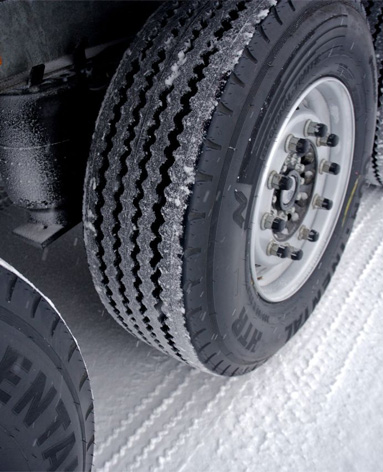Dec . 20, 2024 23:04 Back to list
how to remove rusted brake drum
How to Remove Rusted Brake Drum A Comprehensive Guide
Removing a rusted brake drum can seem like a daunting task, especially for those who are not particularly mechanically inclined. Whether you are an avid DIYer or a novice looking to tackle your vehicle's maintenance, understanding the steps involved in removing a rusted brake drum can save you both time and money. Below is a thorough guide on how to safely and effectively remove a rusted brake drum.
Tools and Materials Needed
Before starting the removal process, gather all necessary tools and materials, including
- Safety goggles and gloves - A lug wrench - A jack and jack stands - A hammer - PB Blaster or penetrating oil - Brake cleaner - A wire brush or sandpaper - A screwdriver (flathead or Phillips, depending on screws) - Replacement parts (if required)
Step 1 Safety First
Prioritize your safety by wearing goggles and gloves when working on your vehicle. Additionally, ensure that your vehicle is parked on a flat surface, and apply the parking brake.
Step 2 Loosen the Wheel Lug Nuts
Using a lug wrench, loosen the lug nuts on the wheel corresponding to the brake drum you wish to remove. Loosen them just enough to break the initial friction, but do not remove them entirely at this stage.
Step 3 Lift the Vehicle
Using a jack, carefully lift the vehicle until the wheel is off the ground. Once elevated, secure the vehicle with jack stands to prevent any accidental drops. Now, you can fully remove the loosened lug nuts and take off the wheel, exposing the brake drum.
Step 4 Inspect the Brake Drum
Before attempting to remove the brake drum, inspect it for any visible screws or retaining clips that may be holding it in place
. If present, remove these fasteners using the appropriate screwdrivers.Step 5 Apply Penetrating Oil
how to remove rusted brake drum

If the brake drum is rusted and shows signs of being stuck, apply penetrating oil (like PB Blaster) around the edge of the drum where it meets the wheel hub. Allow it to penetrate for at least 15-20 minutes, which could help break down any rust holding the drum in place.
Step 6 Tap to Loosen
After the penetrating oil has had time to work, take a hammer and gently tap around the perimeter of the brake drum. The goal is to break the rust bond without damaging the drum itself. Use controlled, firm taps rather than forceful hits.
Step 7 Attempt to Slide Off the Brake Drum
Try to pull the brake drum straight off the wheel hub. If it does not come off easily, continue tapping gently and applying more penetrating oil as needed. Some drums may require a bit more force, but be cautious not to damage any components.
Step 8 Use a Brake Drum Puller (If Necessary)
If the brake drum is particularly stubborn, you may need to use a brake drum puller – a specialized tool designed for this specific task. Position the puller onto the drum and tighten the central screw until the drum begins to separate from the hub. This method minimizes the risk of damaging the drum or the hub.
Step 9 Clean and Inspect
Once the brake drum is removed, clean the exposed hub and the inside of the drum using a wire brush or sandpaper to remove any remaining rust. This step is crucial to ensure the new drum or brake shoes (if you are replacing them) can be installed properly.
Step 10 Replace or Reinstall
If you are replacing the brake drum, place the new drum onto the hub, ensuring it fits snugly. If reusing the original drum, make sure it is still within acceptable tolerances and free of major wear or damage.
Reassemble the wheel, replace the lug nuts, and lower the vehicle back onto the ground. Finally, give the lug nuts a final tightening in a criss-cross pattern to ensure even pressure.
Conclusion
Removing a rusted brake drum can be a labor-intensive process, but with the right tools and knowledge, it can be tackled effectively. Always take necessary safety precautions, and do not hesitate to seek the assistance of a professional mechanic if you encounter significant challenges. Regular maintenance and inspections can greatly reduce the likelihood of rust and other issues, ensuring your vehicle remains in optimal condition.
-
Explore Japan: Ultimate Travel Guide & Authentic Experiences
NewsAug.19,2025
-
Your Brake Drum Man: Premium & Reliable Brake Drums for Sale
NewsAug.18,2025
-
ROR Web Development: Build Fast, Scalable, Secure Apps
NewsAug.17,2025
-
Scania Brake Drums: OEM Quality for Optimal Safety & Durability
NewsAug.16,2025
-
R.V.I: Advanced Remote Visual Inspection for Precision
NewsAug.15,2025
-
Discover HYUNDA: Innovative Vehicles, Equipment & Solutions
NewsAug.14,2025
